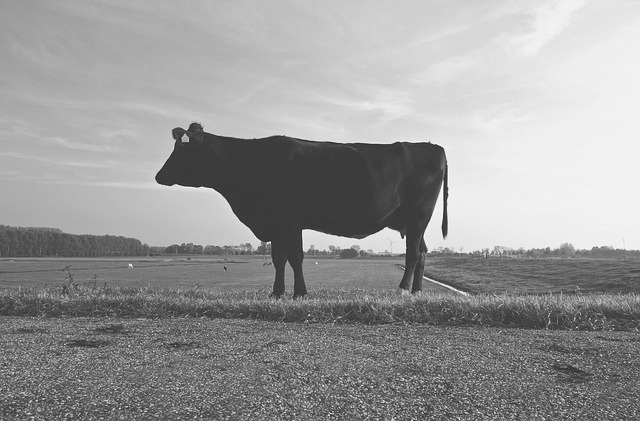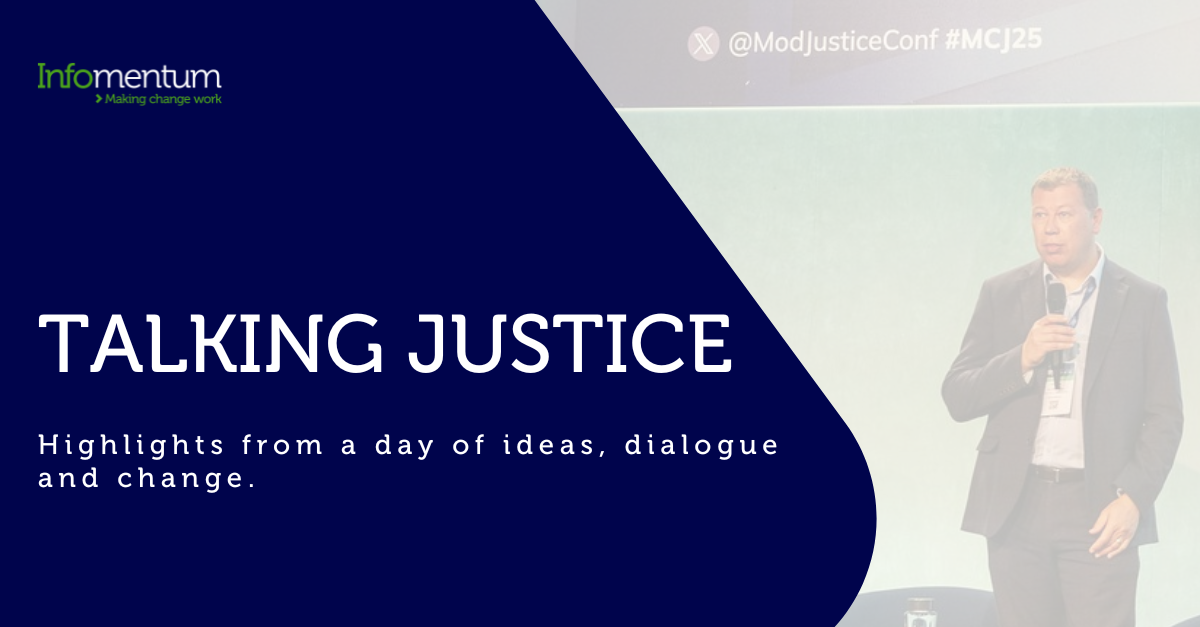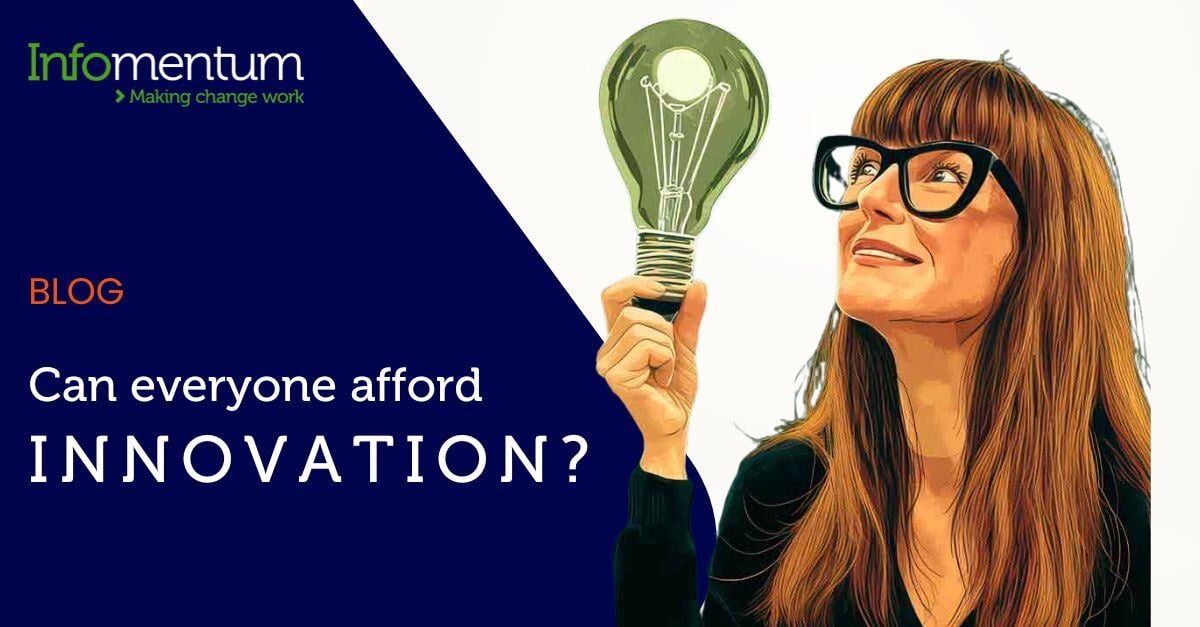Never has there been so much pressure to do more with less. Nowhere is this more acutely felt than in the public sector. For an element of the UK economy not widely renowned for a track record of innovation and prudent purse string management, that represents somewhat of a major challenge. Yet finance is not the only issue. There are other pressing concerns: how to best use and share data, engaging with local SMEs and disruptive technology companies and re-calibrating the public sector approach to operations in a digital and social age. We’ll be looking at all these topics in our forthcoming blog series. Naturally, that means we’ll be kicking off with cows in Norway.
Thinking smart in public sector
A few weeks ago we hosted an event - ‘Thinking smart in public sector’. Led by our public sector advisor and industry veteran, David Wilde, we looked at how public services can best engage innovative SME solutions, what needs to be done for heads of organisations to embrace change and share existing data for improved outcomes.
“The one thing the public sector is good at is coming up with reasons for why we can’t do things. Wouldn’t it be great if we could turn this on its head?”
- David Wilde, Infomentum's public services advisor
Perhaps one of the most compelling stories we heard during the event came from Hayley Mooney of software consultancy Crayon, who talked about the innovations her company is involved in and how they can be a benchmark for UK public sector success. One example was particularly ‘moooving’ (sorry).
Collaboration, creativity and connected cows

The project helped farmers to discern when each cow is happy, stressed, anxious, and healthy.
The challenge was to develop the technology for farmers to make better decisions based on trusted data analysis, leading to happier cows and better quality milk at a sustainable level. The long-term success of the project hinged upon helping farmers become more autonomous and self-driven by monitoring all aspects of the farm, including continuous monitoring of each individual cow. This involved collating historical data for every cow, farm and farmer, which was then combined with a model to predict milk production based on the condition of the farm. The model was then expanded to predict births and evolving number of cows in the herd to give an accurate prediction of future milk production for dairy farms and their logistics.
Today TINE collects about 2.5 million data points from cows in Norway, covering aspects of the animal’s life such as parents, feeding, weight, growth, and other bio data
The project is so advanced that TINE has begun to introduce the Internet of things (IoT) devices, such as sensors on cows, into farms to further increase the data scope and better optimise production processes. Today, TINE collects about 2.5 million data points from cows in Norway, covering aspects of the animal’s life such as parents, feeding, weight, growth, and other bio data.
Information sharing is key to success
The reason this particular project was covered at our event is that it showcases excellence in a number of areas that have been perennial problems for the public sector. These include fundamental issues such as how organisations can not only obtain the right data needed to make the best decisions but simultaneously use the information it has to maximum potential. One of the major issues for the sector is information management and a seamless transition of this data that is beset by legacy systems and processes. The example given by Hayley highlights that it is possible to turn a disparate and unmanaged data set into something that can reap long-term and sustainable success.

Similarly, it also underlines that no matter the challenge, the technology is available to turn Smart Thinking into reality. Public sector organisations just need to look for the solutions, which are often easy to find. They also need to embrace a sharing culture and be open to passing on tools, ideas and insights that might help somewhere else. Chances are if a public sector organisation has found a solution that has made a positive difference, others will feel the same.
Why the key learning is learning
Perhaps the most commendable and eyebrow-raising aspect of the TINE and Crayon project was its bravery and approach to try something different. As successful as it has clearly become, it is impossible to believe that in the early stage meetings, when the idea was first mooted, that it wasn't met with some degree of scepticism.
“The definition of madness is repeating the same thing and expecting different results”
- Albert Einstein
So, perhaps this is indeed the first learning. To change a mindset that has almost become so constricted in its thinking that it is in a straightjacket. For the UK's public sector organisations, to try something new and be open to ideas and approaches is one of the major changes that need to be made to bring digital dawn to the sector. Einstein once claimed, “the definition of madness is repeating the same thing and expecting different results”. Perhaps this should be a quote placed in the entrances of public sector organisations up and down the country.

Embrace an era of experimentation
The TINE project demonstrates how thinking differently can reap dividends. It's no surprise it was discussed at an event where, without exception, the attendees spoke about how critical it is to do things differently. To approach operations and projects with a mindset flushed of legacy problems, parameters, pains and processes. This will require a complete refresh of the public sector approach to spend and investment, data sharing and the willingness to embrace experimentation. Topics we will cover at length in our next blog posts, so don't forget to subscribe to our newsletter. But, for now, perhaps it’s fitting to round off the first post on the event with David Wilde. In his closing remarks, he said, “The one thing the public sector is good at is coming up with reasons for why we can’t do things. Wouldn’t it be great if we could turn this on its head?”







